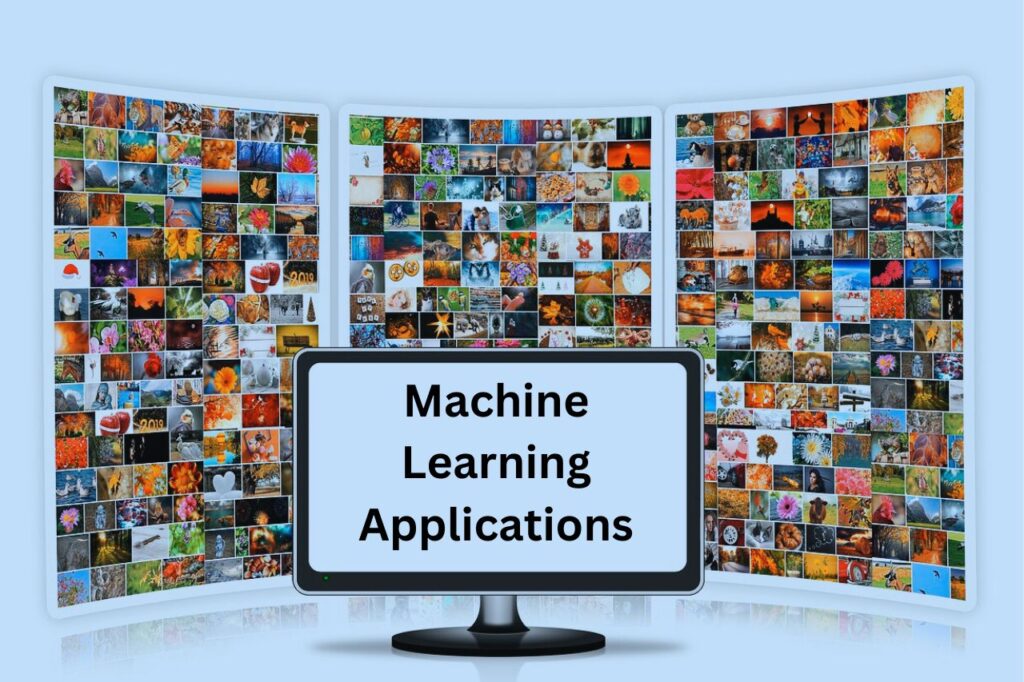Welcome to the dynamic world of machine learning, where innovation and discovery intersect to redefine possibilities. In this comprehensive exploration, we delve deep into the realm of transfer learning—a transformative technique revolutionizing the landscape of artificial intelligence.
Join us as we dissect the intricacies of transfer learning, unravel its potential, and uncover the five pivotal benefits it offers to propel machine learning into the future.

1. Enhanced Model Performance:
Transfer learning serves as a catalyst for boosting model performance by leveraging insights gained from solving similar tasks. At its core, this technique empowers models to inherit knowledge from pre-trained architectures and weights, effectively jumpstarting the learning process.
By building upon existing foundations, models can achieve unparalleled levels of accuracy and efficiency, setting new benchmarks in performance metrics.
2. Reduced Training Time and Data Requirements:
In the relentless pursuit of innovation, time is of the essence. Transfer learning emerges as a beacon of efficiency, significantly reducing the time and resources required for model development.
By harnessing pre-existing knowledge, models can bypass extensive training cycles and minimize the need for vast amounts of labeled data. This not only accelerates the pace of innovation but also democratizes access to machine learning, making it more accessible to a wider audience.
3. Adaptability Across Domains:
One of the defining characteristics of transfer learning is its versatility across diverse domains. Whether it’s image recognition, natural language processing, or predictive analytics, transfer-learning transcends boundaries to deliver unparalleled adaptability.
By transferring knowledge from one domain to another, models can seamlessly adapt to new tasks with minimal fine-tuning, unlocking a world of possibilities for innovation and exploration.
4. Mitigation of Overfitting:
Overfitting remains a formidable challenge in the realm of machine learning, where models struggle to generalize beyond the training data. Transfer learning serves as a powerful antidote to this phenomenon by acting as a regularizer.
By leveraging pre-trained representations, models can extract meaningful features from data, leading to more robust and generalizable solutions. This not only mitigates the risk of overfitting but also enhances the reliability and stability of machine learning models.
5. Facilitation of Small Data Learning:
In an era defined by data scarcity, transfer learning emerges as a beacon of hope for small data scenarios. By harnessing knowledge from large-scale datasets, models can effectively learn from limited data, overcoming the traditional barriers to innovation.
This democratization of machine learning empowers researchers and practitioners to tackle real-world problems with limited resources, driving progress and innovation in diverse fields.
FAQs (Frequently Asked Questions):
What is transfer learning, and how does it differ from traditional machine learning approaches?
Transfer learning is a machine learning technique where a model trained on one task is fine-tuned on a related task, leveraging knowledge from the original task to enhance performance.
Unlike traditional machine learning approaches that require training models from scratch for each task, transfer learning accelerates the learning process by leveraging pre-existing knowledge, leading to faster development and improved performance.
Can transfer learning be applied to different domains, such as computer vision and natural language processing?
Absolutely! Transfer learning transcends domain-specific boundaries, making it applicable across diverse fields such as computer vision, natural language processing, speech recognition, and beyond.
By transferring knowledge from one domain to another, models can adapt to new tasks with minimal fine-tuning, showcasing the versatility and flexibility of transfer learning techniques.
Does transfer learning require extensive computational resources?
Not necessarily. While some transfer learning methods may require substantial computational resources for pre-training, many techniques exist to leverage pre-trained models efficiently.
By utilizing transfer learning frameworks and leveraging pre-trained representations, models can achieve significant performance improvements with minimal computational overhead, making transfer-learning accessible to a wide range of applications and environments.
Conclusion:
In conclusion, transfer learning stands as a cornerstone of innovation in the field of machine learning, offering a multitude of benefits that transcend traditional boundaries. From enhanced model performance to reduced training time and adaptability across domains, the impact of transfer-learning reverberates across industries and disciplines.
As we continue to push the boundaries of artificial intelligence and unlock new frontiers of knowledge, one thing remains clear—transfer learning is not just a technique; it’s a paradigm shift that’s reshaping the future of machine learning.



